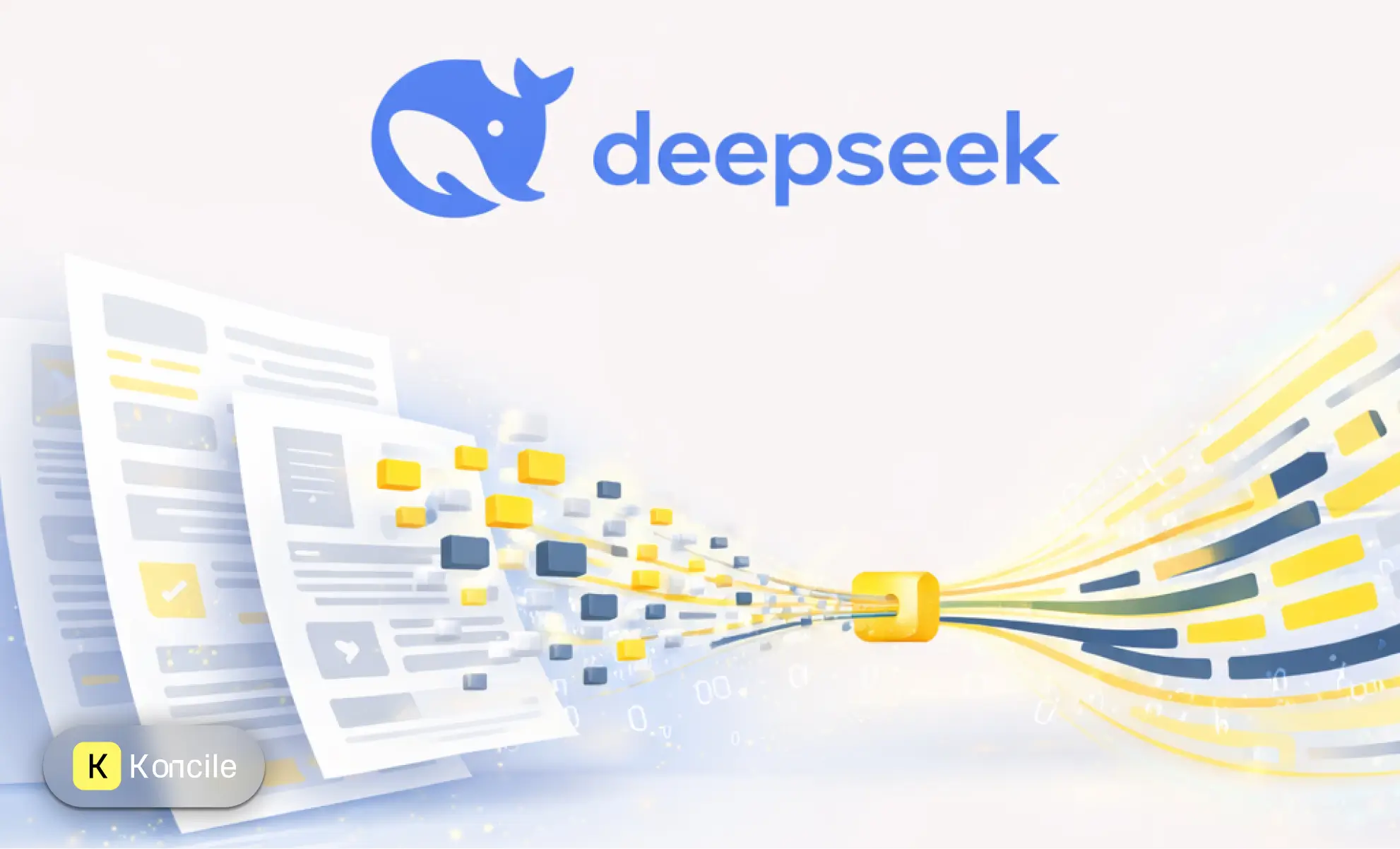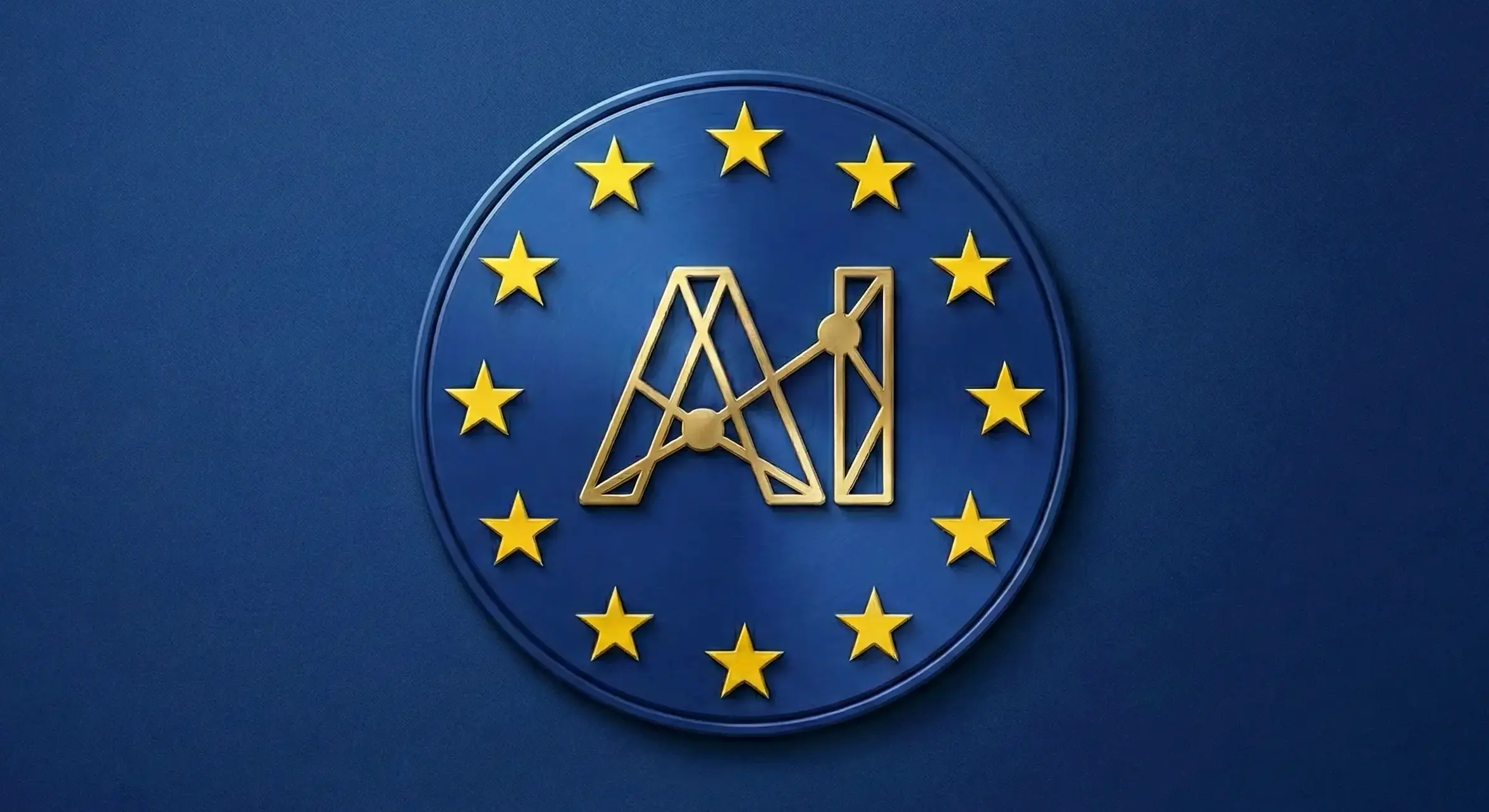
A clear, structured explanation of DeepSeek OCR and its approach to document context.
Glossary
Dernière mise à jour :
November 3, 2025
5 minutes
Starting in 2026, e-invoicing will become mandatory for all French companies subject to VAT. Paper invoices will be replaced by structured digital files and certified platforms.This reform aims to modernize accounting processes, automate data exchanges and reduce fraud. It marks a significant shift for businesses. Formats, deadlines and compliance requirements: here is what you need to know to prepare effectively.
E-invoicing becomes mandatory in 2026: key challenges, formats, and requirements—everything you need to know to stay ahead.
In 2026, everything changes: mandated formats, certified platforms, new regulations. The e-invoicing reform represents a major milestone for all French businesses. Behind this shift is a broader transformation aimed at simplifying exchanges, strengthening controls and automating processes.
For accounting departments, CFOs and software providers, this is an opportunity to rethink tools, workflows and methods.
It is a reform that must be anticipated now in order to adapt systems and ensure compliance.
This change goes far beyond simply digitizing documents. It raises important questions about the future of OCR solutions (Optical Character Recognition), which are still widely used in accounting firms and finance departments. Until now, OCR has helped extract key data such as supplier names, amounts, VAT and dates for integration into accounting software. But with the gradual implementation of structured, machine-readable formats, the role of OCR is now being seriously reconsidered.
An e-invoice is not simply a PDF sent by email. It is a structured file (in XML format) that contains all the essential invoice data : such as amounts, VAT, issuer details, and product lines in a format that can be directly read and processed by machines.
In France, three formats are officially accepted:
These formats ensure compatibility with accounting systems and allow for automation, validation, and regulatory reporting.
These formats must be generated by compliant invoicing software connected to a certified platform for transmission and tracking. In theory, this makes the use of Invoice line item OCR obsolete for domestic invoices.
Behind this transformation lies a well-thought-out strategy. The widespread adoption of electronic invoicing is intended to:
September 1, 2026 will mark a key milestone: from that date, all businesses must be able to receive electronic invoices via certified dematerialization platforms (PDPs).
As for sending e-invoices, the obligation will be rolled out gradually through 2027, following a schedule set by the French tax authorities.

This phased timeline is designed not only to give businesses time to adapt but also to allow the entire ecosystem including software vendors, integrators, platforms and accountants to prepare for this technological shift.

E-invoicing (mandatory electronic invoicing)
E-invoicing refers to the obligation to issue, transmit and receive B2B invoices in a structured format through certified platforms. This requirement marks the end of paper and PDF invoices for transactions between businesses established in France.
This component applies exclusively to domestic B2B transactions between companies based in France. It mandates the use of structured electronic invoices sent through a secure channel, either via certified private platforms (PDPs) or the government-run public invoicing portal (PPF).

E-reporting (transaction data reporting)
E-reporting covers transactions that fall outside the scope of e-invoicing. In these cases, businesses are required to transmit invoicing or payment data to the tax authorities. This applies to:
E-reporting enables the tax administration to gain a complete view of economic activity, even when a structured electronic invoice is not mandatory. Data will be transmitted through certified platforms or directly via the government’s public invoicing portal.
1. The Public Invoicing Portal (PPF)
Set up by the French government, the Public Invoicing Portal (Portail Public de Facturation, or PPF) is a national platform that plays a central role in the electronic invoicing ecosystem. It ensures the reception, transmission and traceability of e-invoices between economic actors.
This portal is free to use and is especially suited for small and medium-sized enterprises (SMEs) that prefer not to rely on private service providers. The PPF offers a high level of data security and serves as the main interface with the tax authorities, particularly for reporting and audit-related obligations.
2. Partner Dematerialization Platforms (PDPs)
PDPs are private platforms officially registered with the French Tax Authority (DGFiP) and authorized to operate within the new e-invoicing framework. They play a pivotal role in the secure exchange of electronic invoices. PDPs are responsible for:
By choosing a PDP, businesses can access tailored support, value-added services such as archiving, ERP integration and dashboards, and improve the overall efficiency of their invoicing processes. PDPs serve as technological intermediaries between businesses and the tax administration.
To see the list of platforms authorized to send and receive electronic invoices, you can visit the official list of registered PDPs on impots.gouv.fr.
At this stage, PDPs are registered on a provisional basis. They have completed the initial administrative step, but must still pass technical validation, scheduled for the end of 2025, to obtain full certification.
The e-invoicing reform comes with strong financial penalties for failure to comply with the new obligations. The aim is clear: to encourage businesses to align with the new regulatory framework as soon as it comes into effect.
The main penalties include the following:
For a company processing several hundred or even thousands of invoices each year, these amounts can quickly add up to a significant burden and may pose a serious financial risk if processes are not properly managed.
OCR (Optical Character Recognition) tools have long been used to automatically extract data from paper or PDF invoices. With the upcoming reform, their relevance is decreasing for domestic invoice flows — but not entirely.
OCR still plays a role in several cases:
Rather than becoming obsolete in the face of widespread e-invoicing, OCR software can evolve and reinvent itself to meet the new expectations of accounting and finance departments.
Some innovative solutions, such as Koncile, have already taken a major step forward by going well beyond basic text extraction moving toward true Intelligent document processing, where AI models can both understand and structure business-critical data automatically.
Koncile’s technology is based on enhanced OCR, combined with artificial intelligence modules capable of understanding the logic and structure of accounting documents.

In practical terms, the solution goes beyond simple data extraction. It is capable of:
This approach illustrates the rise of OCR accounting, which goes beyond data capture to support full automation and contextual decision-making in finance workflows. It proves especially valuable in situations where standardized e-invoicing formats do not yet apply.
By anticipating the need for detailed and context-aware data processing, Koncile demonstrates how OCR can become a true driver of accounting intelligence, complementing traditional e-invoicing systems. It offers a pragmatic way to leverage technology even amid regulatory transition.
Move to document automation
With Koncile, automate your extractions, reduce errors and optimize your productivity in a few clicks thanks to AI OCR.
Resources

A clear, structured explanation of DeepSeek OCR and its approach to document context.
Glossary

The European AI Act frames AI through risk. Learn what's changing for businesses, sanctions, and decisions to make.
Glossary

Koncile is elected startup of the year by ADRA. The solution turns procurement documents into actionable data to detect savings, monitor at scale, and improve strategic decisions.
News